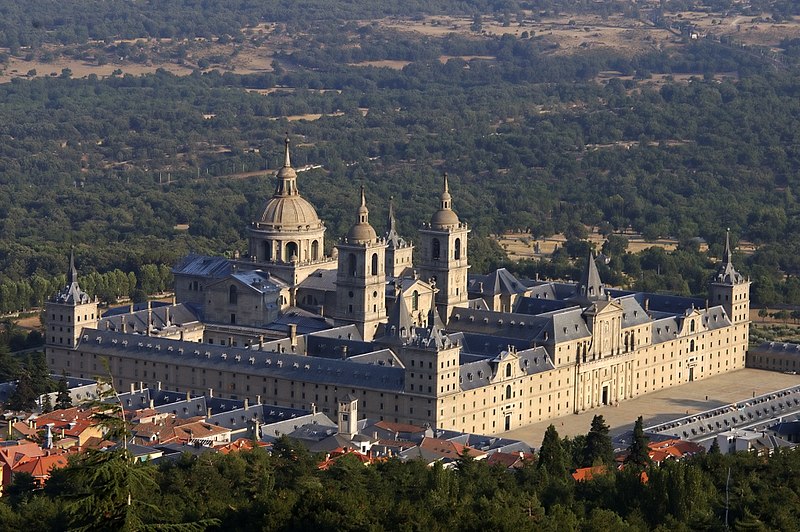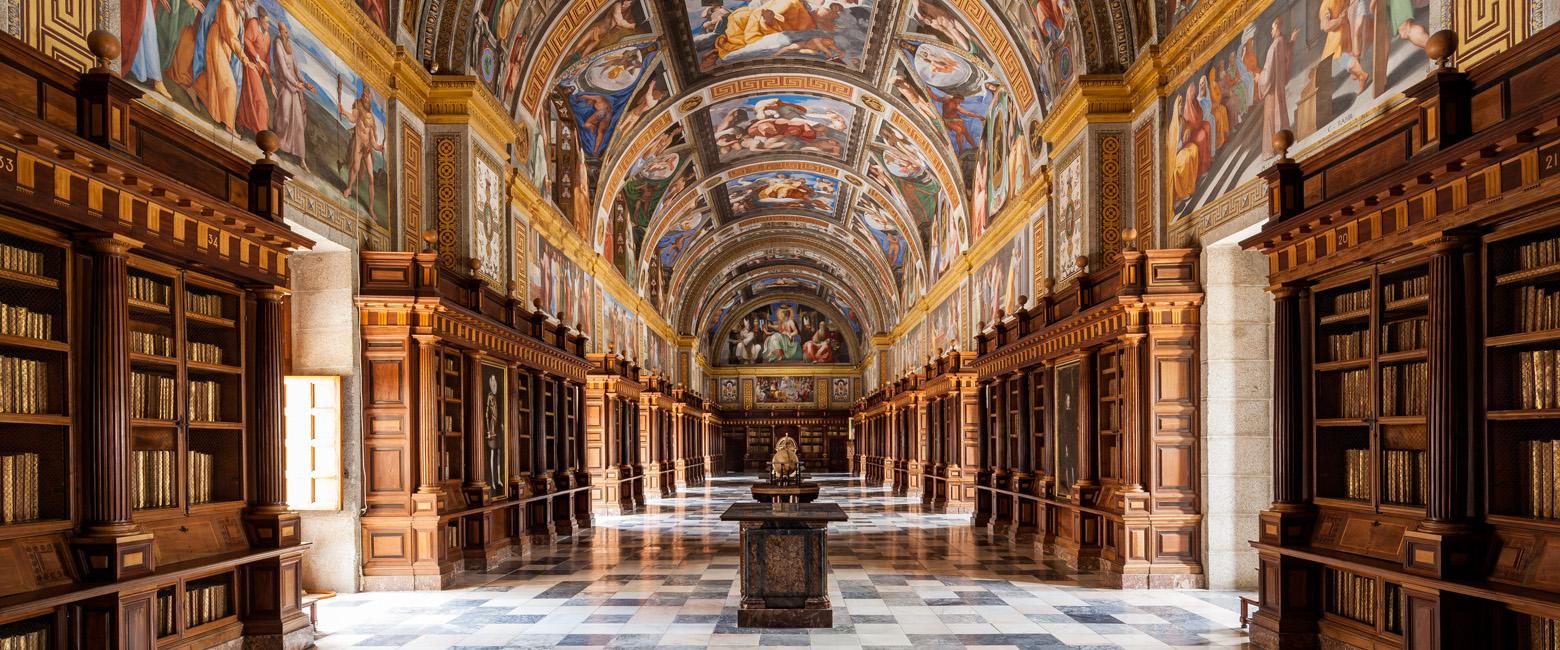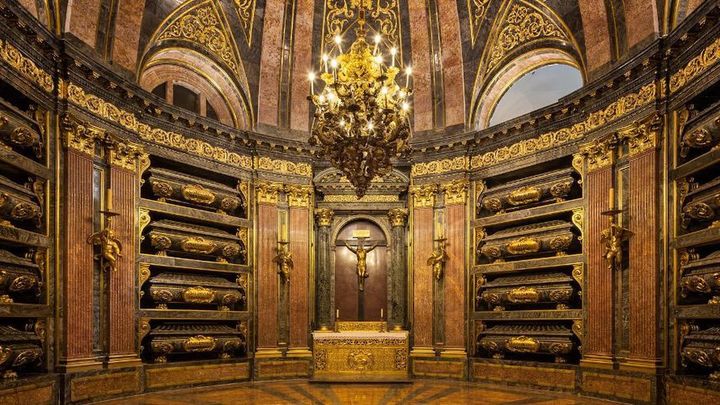Nestled in the scenic foothills of the Sierra de Guadarrama, El Escorial stands as a monumental tribute to Spain’s rich historical and cultural legacy. Constructed between 1563 and 1584, during the reign of King Philip II, this vast complex captures the essence of Spanish power and religious zeal during the Renaissance. Often considered the 'Eighth Wonder of the World', El Escorial harmonises architectural magnificence with historical significance, offering an enduring glimpse into Spain's imperial past.

Architectural Grandeur and Symbolism
El Escorial is not only significant due to its scale but also because of its symbolic complexity and architectural innovation. The entire structure spans an area of over 33,000 square meters, embodying the Renaissance spirit of symmetry, order, and control. Conceived by King Philip II, the project was realised by architects Juan Bautista de Toledo and his apprentice Juan de Herrera. Together, they designed a building that was not just a royal palace but a monastery, basilica, pantheon, library, museum, university, school, and hospital—each element an integral part of Philip II's vision of a self-contained scholarly and spiritual realm.
Strikingly, El Escorial's floor plan is based on the descriptions of Solomon’s Temple as recounted by the Judeo-Roman historian Flavius Josephus—one of the reasons why it is often likened to the 'Eighth Wonder of the World'. The layout comprises a gridiron plan, symbolically commemorating St. Lawrence, who was said to be martyred on a grill. The martyr’s feast day coincides with the victorious Battle of St. Quentin, which the complex also commemorates. This deep intertwining of personal piety, royal ambition, and celestial symbolism stands as a cornerstone of El Escorial's claim to wonder.

A Centre for Spiritual and Temporal Power
El Escorial served two primary functions — it was both a royal palace and a Hieronymite monastery, now a monastery of the Order of Saint Augustine. This dual nature was highly symbolic, representing a merge of celestial and earthly governance. King Philip II was the only monarch who lived in the main building, underscoring the site's unique role as a personal retreat and administrative centre. The presence of a religious community alongside the royal household emphasised the deep intertwining of the Spanish crown with Catholic religious authority.
Artistic and Cultural Treasury
Beyond its architectural and symbolic significance, El Escorial is a repository of art and culture. It houses a wealth of masterworks from some of the most renowned artists of the age, including Titian, Tintoretto, El Greco, and Velázquez. The library alone contains thousands of priceless manuscripts, highlighting Philip II's dedication to scholarship and learning. This commitment to collecting and preserving knowledge underscores El Escorial’s standing as a Renaissance hub, merging the religious with the intellectual.

The Final Resting Place of Kings
The Royal Pantheon, situated beneath the royal chapel of the Basilica, serves as the burial site for the kings of Spain. This octagonal Baroque crypt houses the remains of most Spanish monarchs since Charles I, exemplifying El Escorial’s enduring role as a necropolis for the Spanish royal family. The presence of these tombs further cements El Escorial's function as a site of national memory and veneration, intertwining the spiritual with the dynastic.
Why is it Considered the Eighth Wonder?
What distinguishes El Escorial and elevates it to the status of an unofficial 'Eighth Wonder of the World' is not just its grand scale or artistic treasures, but its embodiment of an era’s highest ideals. It represents a time when architectural complexity was harnessed to serve both spiritual devotion and regal ambition. The seamless integration of a palace, monastery, and mausoleum in one coherent structure, all constructed within 21 years, is an achievement that resonates with the notion of architectural and cultural wonder.
Also noteworthy is its status as a UNESCO World Heritage Site since 1984, recognising its outstanding universal value. Its austere yet grandiose styling, monumental scale, and historic significance draw tourists and admirers from around the world, all eager to witness a cornerstone of Spanish heritage.
El Escorial remains one of the most comprehensive and ambitious architectural projects of the Renaissance, reflecting the apex of Spanish power and piety. Its designation as the 'Eighth Wonder of the World' is a testament to its indelible impact on history and culture, a monumental legacy of Spain's illustrious past